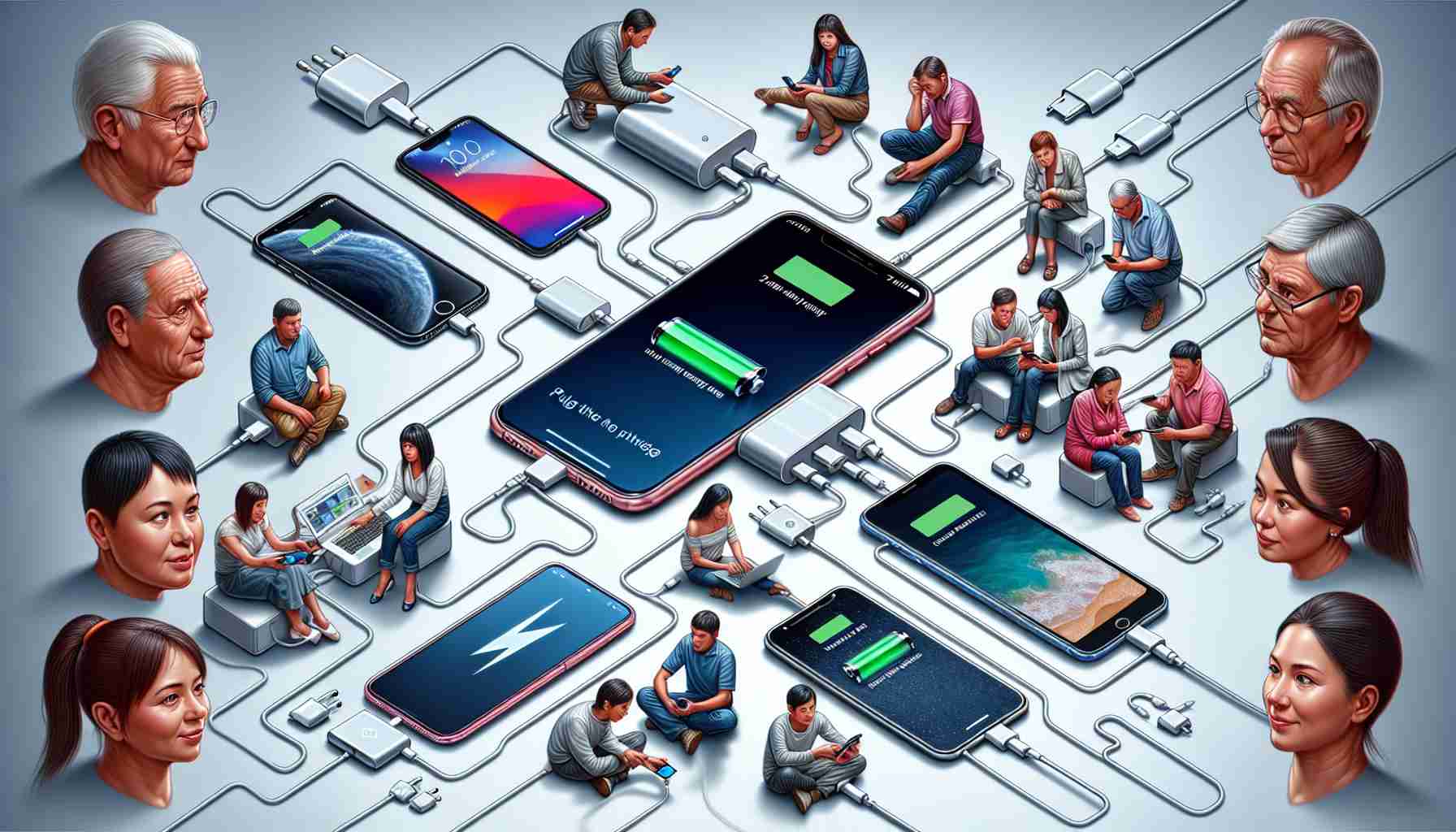In an era when smartphones have become an integral part of everyday life, it is crucial to know how to properly charge these devices to ensure their longevity and optimal performance. Avoiding common charging mistakes can save users from potential damage to their beloved gadgets.
One important piece of advice, outlined by the tech expert Andrey Zelëny, is to steer clear of using car charger cables, especially those connected to the cigarette lighter. The instability of current in cars, particularly during stop-and-go traffic, could lead to electrical shorts in the smartphone. Additionally, he asserted that exposing the smartphone to direct sunlight while charging is perilous. The excess heat can overtax the battery, possibly leading to failure.
Fortunately, most modern smartphones are equipped with technology that halts charging once the battery is full, making it safe to leave the device plugged in overnight. Users can rest easy without worrying about overcharging their phones.
For a bit of historical context, the world was introduced to the precursor of today’s smartphones back in 1994, nicknamed Angler. This early model featured a touchscreen operated with a stylus and offered rudimentary functions such as messaging, faxing, and making calls. This lore highlights the astonishing evolution of mobile technology that we often take for granted today.
Previously, we also discussed service washing techniques to keep your washing machine clean and functioning efficiently.
Evaluating the Essentials of Smartphone Charging
In understanding the essentials of smartphone charging, users should also consider the importance of using the right charger and cable. Manufacturers often recommend using the accessories provided or certified by them. Substandard cables and chargers may not only cause slower charging but also pose a risk of overheating and battery damage.
One of the key questions users often ask is whether fast charging technologies adversely affect battery life. While fast charging is convenient, it can produce more heat compared to standard charging, which may potentially reduce battery lifespan over time. However, most devices regulate temperature and current to mitigate this effect.
A potential challenge faced by users could be managing battery health, especially with aging devices. As smartphone batteries are charged and discharged, they lose capacity—a phenomenon known as battery degradation. Users need to balance the need for keeping their devices charged with the practices that could slow down this unavoidable process.
Another controversity revolves around the issue of wireless charging. Wireless charging pads offer convenience, but they can be less energy-efficient than wired charging and may generate extra heat, which could affect the battery more significantly.
Regarding advantages and disadvantages, using original accessories and adhering to recommended charging practices can enhance battery longevity and ensure optimal device performance. In contrast, bad charging habits, like using incompatible chargers or exposing the phone to extreme temperatures, can shorten the battery’s life and affect the phone’s functionality.
Maintaining your smartphone’s battery can be likened to the service washing techniques previously discussed. Just as a washing machine requires proper maintenance for efficiency, a smartphone battery needs attentive care to preserve its health.
For more information on the best practices for device maintenance and other tech-related topics, consider visiting the official sites of smartphone manufacturers and tech forums:
Remember, knowledge about proper charging is as essential as the smartphone itself in our digital age.
